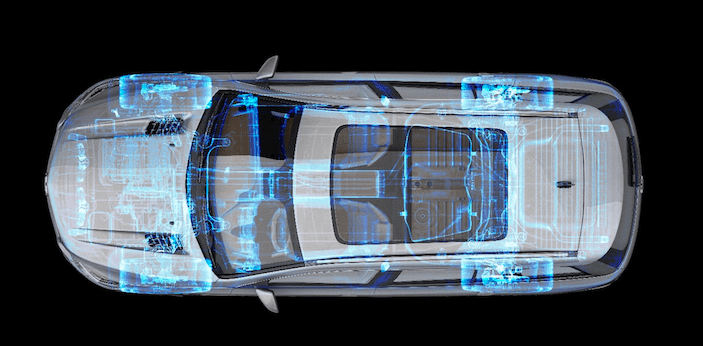There is a classical approach to EDA marketing, and semiconductor marketing at times, which aims exclusively at technical customers and the businesspeople immediately around those experts. The style is understandable and necessary. Those folks are the direct influencers and buyers of the products we are promoting, so we must capture and hold their attention. But many times this focus also seems to be assumed sufficient. We only need to speak to domain experts because the subject matter is far too complex for anyone else to understand. Besides, many attempts have been made to popularize the value of what we do to the larger world – analysts, investors, governments, and consumers – with questionable success. Beyond facile media comparisons, the gulf between what we do and how it affects large markets appears too wide to bridge.
Why is it important to speak to a larger audience?
Business success isn’t determined solely by customers and by being better that the competition. For an extreme example, look at Intel, now leveraging US government enthusiasm for rebuilding domestic semiconductor fab capacity. There are more immediate examples for the rest of us semiconductor types.
When a customer plans a large commitment to a vendor, they don’t only work through a technical checklist. They want to understand business characteristics of the vendor – financial performance and stability to support a long-term commitment. They want to understand what analysts, the press and other customers think of vendor market directions and ability to innovate; are these aligned with the customer?
The same applies to a potential buyer – of your company. Or a company you want to buy. The bond markets too, if you want to raise money. And of course, it applies to your stock price. Investors want to find undervalued companies with lot of growth potential, not stuck-in-a-rut companies.
Wider audiences need a different message
These audiences have limited if any appetite for technical specs. They want to understand why what you do is important and your track record in delivering on commitments to big name customers. Convincing them that you are a hot company to watch, the kind of company they should enthusiastically recommend, requires a different kind of marketing. Messaging of this kind should talk primarily about your customers’ customers (auto OEMs) goals and what it takes to meet those goals. Only towards the end does the story get into what part (at a high level) you can play in helping them meet those goals.
This is the Hero’s Journey, of which I’m a huge fan. The larger marketing world beyond semiconductors is already on-board. If you want more detail from a semiconductor perspective, read the book. I’m very encouraged to see Siemens EDA producing white papers in this class. This shows to me that they are fully embracing the larger perspective of Siemens marketing. Recognizing that they need to speak to and influence a much more diverse group than their traditional engineer, architect and product manager audience. Good for them!
Verification and validation for advanced cars
Now I’ve spent most of this blog waxing lyrical on why Siemens is doing this (see?), I should spend a little on what the paper is about 😎. The first ~50% of the paper is on what automakers are aiming to deliver in SAE level 3 and beyond. And the opportunities and challenges in delivering to those expectations. Great start. We don’t all have a common understanding here, especially since the ground keeps shifting on when this might happen. Setting the context is important – the Call to Adventure.
The next ~25% of the paper is on development and verification implications. In being able to model, verify and validate hardware in the loop with other components of the system. This is critically important for autonomy modeling and testing. Where digital twin analysis over millions, even billions of virtual miles is becoming unavoidable. This is the Ordeal auto OEMs already face.
The last ~25% of the paper introduces how Siemens can help through their PAVE360 platform. In Hero’s Journey terms, where you as their Mentor explain to your customer how your solution can help them achieve their goals.
Nice job! You can read the white paper HERE.
Also Read:
Tessent Streaming Scan Network Brings Hierarchical Scan Test into the Modern Age
Minimizing MCU Supply Chain Grief
Back to Basics in RTL Design Quality
Share this post via:






Comments
There are no comments yet.
You must register or log in to view/post comments.